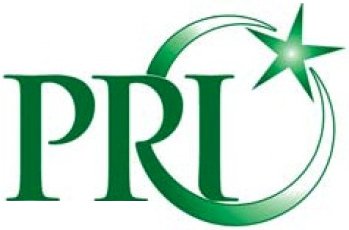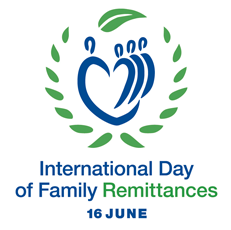Remittances jump 8.45pc to 17.9bn
KARACHI: Remittances received by the
country jumped by 8.45 per cent to $17.87 billion in 10 months of this Escal
year, the State Bank of Pakistan reported on Friday.
This represented an increase of $1.394bn from $16.481bn recorded in inflows
recorded in 10MFY18.
Pakistan has been struggling to cut the size of current account deñcit through
borrowing from multiple sources including commercial banks.
During April, worker remittances grew 5.96pc year-on-year to $1.778bn from same
period last year, and 1.89pc month-on-month from $1.745bn in March.
Saudi Arabia was yet again the biggest source of remittances with inflows from
the 1(ingdom clocking in at $4.175bn during the period, inching up by 2.08pc
over $4.09bn in 10MFY19.
Meanwhile, United States posted remittances of $2.79bn in 10MFY19, surging by
21.81pc from $2.29bn in corresponding period last year.
United Kingdom closely followed with inflows jumping by 16.6pc to $2.755bn
during the 10-month period as compared to $2.363bn in same months last year.
The growth rate was a bit lower than last year`s 27.7pc.
Moreover, remittances from the United Arab Emirates rose 4pc to $3.786bn during
July-April FY19 over $3.639 in same period last year.
On the other hand, European Union and other Gulf Cooperation Council countries
noted decline in remittances at 9.2pc and 5.4pc, respectively. Inflows from the
former amounted to $485.89m, down from $535.58m while those from the latter
dropped to $1.717bn, from $1.815bn.
The government so far has been unable to materialise plans of exporting skilled
and unskilled labourers to the Middle East.
It has talked of developing an export culture in the country as the only fix to
the current account deficit but no comprehensive strategy has yet been put in
place.
The recent decline in industrial sector production has added to the
government`s woes with GDP growth expected to fall to 3.3pc in FY19.


